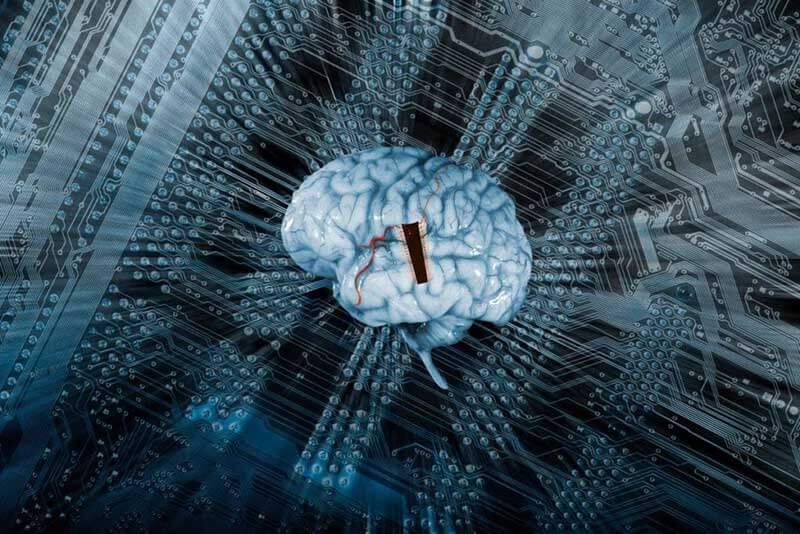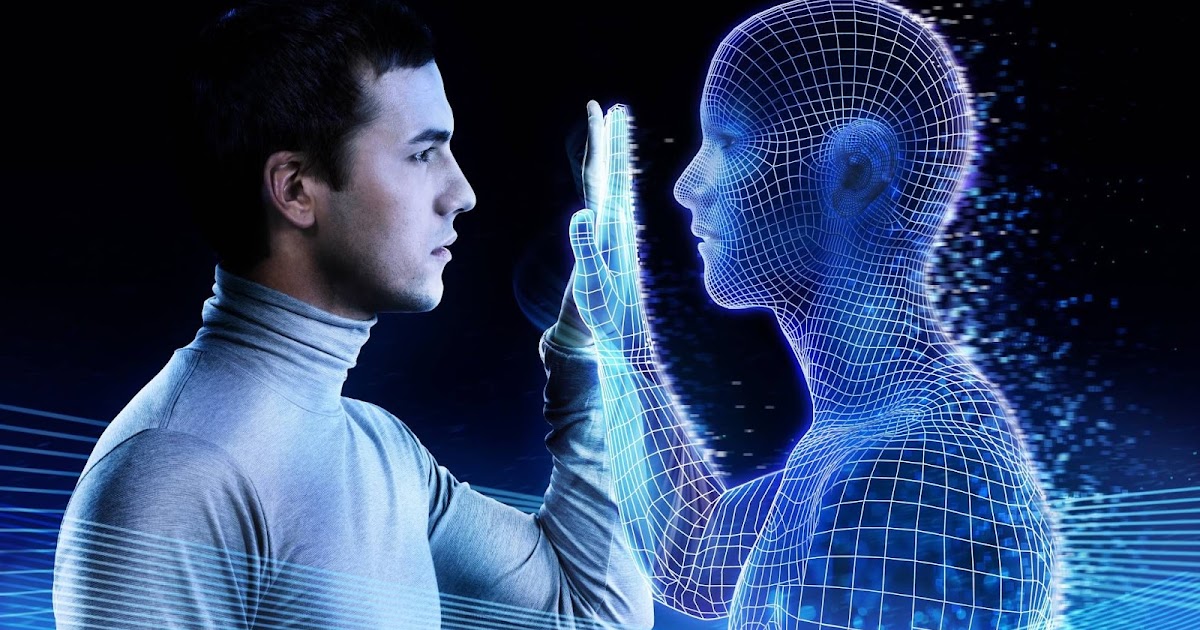Is Uploading Human Consciousness to a Computer Possible?
John stared into the depths of his coffee, pondering the possibilities and limitations of uploading human consciousness to a computer. While the idea held promise for immortality or enhanced cognition, there were significant concerns regarding our fundamental understanding of consciousness itself.
Beyond Storage: The Limits of Computation
Many proponents argued that with enough memory and processing power, a computer could store and simulate the human brain. However, John was skeptical that conscious experience and qualia could emerge from computation alone. A computer follows precise rules and lacks the richness of lived experience. While extremely helpful for certain tasks, computers have no intrinsic need for qualities like color, sound or taste. They merely represent such data without truly experiencing it.
Computation vs Experience
While computers can mimic many cognitive functions, true consciousness may require more than formal operations. Emergence alone cannot plausibly generate subjective awareness from unconscious computation. Even perfectly simulating a brain at the physical level may not replicate the ineffable nature of first-person experience. Computation is useful for reproducing externals, but authentic consciousness is irreducible and intrinsic rather than derivative of functions.

The Mind-Body Problem and Strong AI
The relationship between mind and brain remains deeply mysterious. Strong AI rests on assumptions that consciousness arises solely from neural processes. However, anomalous states like psychedelic experiences, spiritual phenomena and Near Death Experiences suggest the situation is more complex. Dismissing this research prematurely ignores compelling evidence that non-physical factors may influence consciousness.
Beyond Reductionism
Rather than a mere epiphenomenon of matter, consciousness could be fundamental and non-computational. Attempting to download or copy a mind may be as quixotic as transplanting subjective experience to an inanimate system. Even perfectly mimicking human speech using algorithms tells us nothing about replicating interiority, intentionality or the irreducible first-person viewpoint. A computer may ape our outward behaviors while lacking essential aspects of lived experience.
Limitations of the Church-Turing Thesis
While extremely useful, the Church-Turing thesis should not be treated as a metaphysical claim about reality. It only establishes the limits of formal logic and symbolic systems amenable to algorithmic calculation. However, consciousness may not operate according to such constraints and exist beyond physics or information processing models. Though uncannily competent, artificial intellects are necessarily confined to exterior behaviors without the autonomous, unsharable nature of subjective awareness.
Breaking the Computational Frame
Rather than inhabiting a ghosts in the machine, we must acknowledge consciousness may exceed any computational framework. While memory and cognition can potentially be augmented, uploading or wholly simulating a human mind appears intractable given our limited understanding. Consciousness is neither a format nor tangible essence but the ground of experience itself. Preserving authentic individuality and interiority, not mimicry, should guide efforts to enhance and extend the human condition.
Consciousness as Inalienable Experience
If our discussions of consciousness and technology are to remain fruitful, we must avoid reifying experience into a thing that can be copied, transferred or functionally replaced. Consciousness is not an entity to possess but the priori condition of existing as a subject. While computers excel at representation and symbolic reasoning, they lack intrinsic perspective and care about qualia. No amount of data, memory or processing can genuinely simulate what it is like to be.
Awareness Transcends Substitution
While technology offers promise for augmenting capacities, attempting to wholly replace human consciousness risks missing its irreducible nature. Consciousness names our situated and unobjectifiable awareness of internal and external realities. Though convincingly natural in dialogue, no artifact can genuinely have an inner life or stand in the subject’s shoes. The mistake lies not in computers’ abilities, but reifying experience as an object rather than the ground of subjects and objects alike. Our task is enhancing lives, not substituting them.
Conclusion: Consciousness Defies Reduction and Replication
In the end, direct experience and interior perspective appear to defy reduction to any formalism or material basis. This suggests strong limitations on assimilating consciousness to computation or wholly simulating minds. Though technology expands what’s possible, it must operate within the constraints of its nature as an external, formally-structured, and representational system. Our task is using tools to empower lives, not replicate their irreducible core through fiction however convincing. While progress continues, uploading or wholly simulating consciousness remains deeply problematic and unlikely given what we currently understand about the ineffable and non-physical nature of experience itself.
